Fire doors are sometimes a necessary feature and local codes will dictate the rating required. One portion of the rating is pressure, but what exactly is the difference between a Neutral and Positive Pressure Rating?
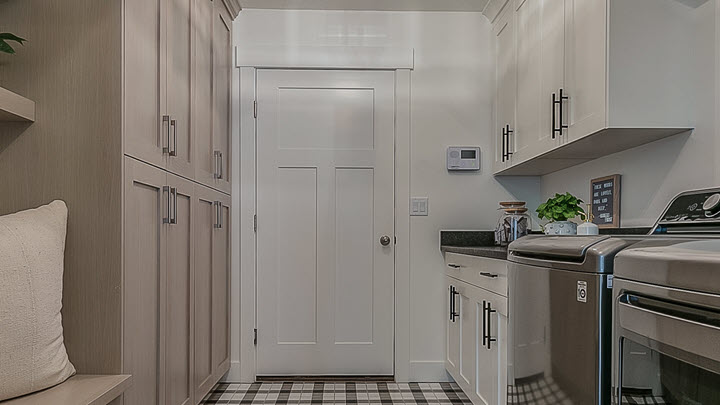
Neutral pressure assumes the pressure plane lies above the door opening. Air can flow freely into the room at the top and bottom of the door unit as the pressure in the room doesn’t build. A standard fire door unit with weatherstrip will suffice.
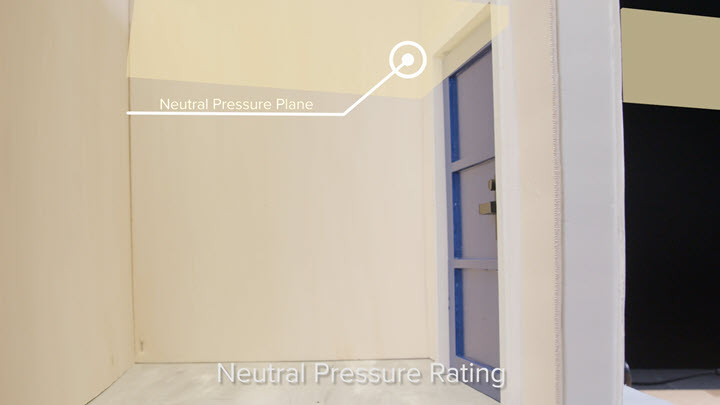
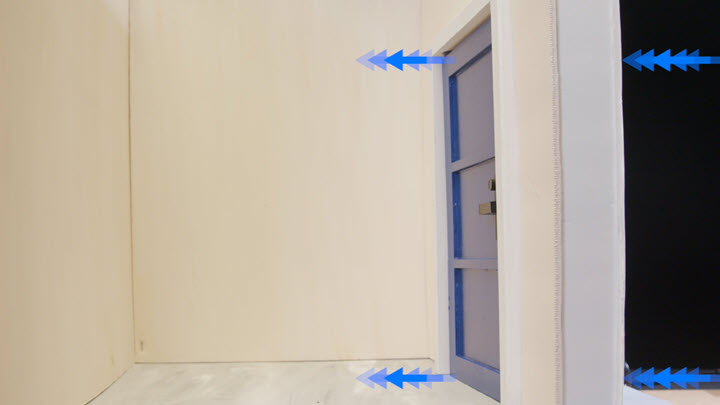
Positive pressure assumes the pressure plan lies 40 inches from the bottom of the door unit. Air can flow into the space at the bottom. Pressure builds in the space which pushes air out at the top of the unit. Along with the air, gases and flames can also escape; therefore, all positive pressure units need an additional protection.
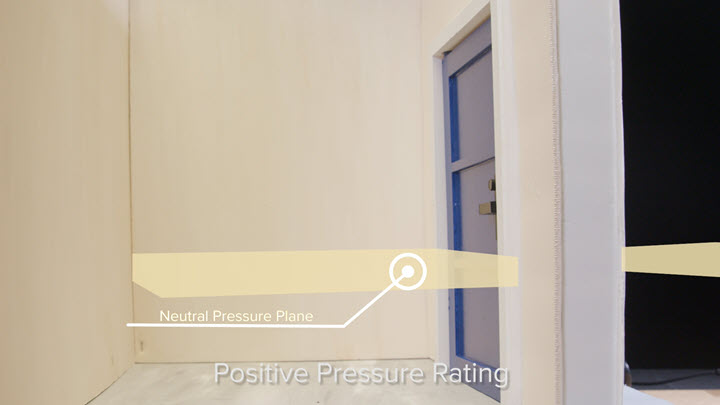
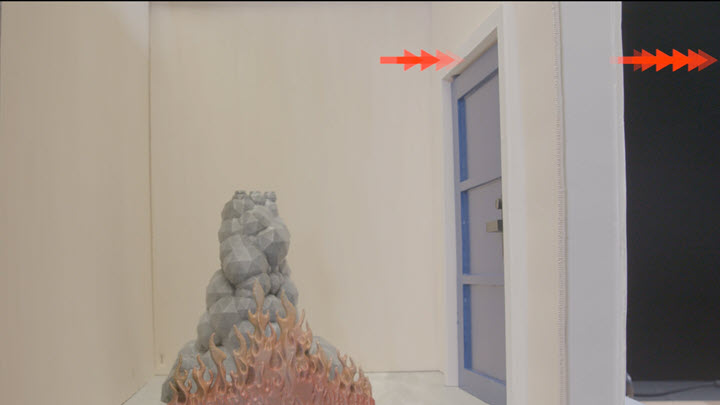
Fire doors known as Category A, have the additional protection built into the door. Category B fire doors require an additional intumescent strip to be installed on the door unit. This intumescent strip expands when in contact with heat filling the opening around the door to block the gases and flames.
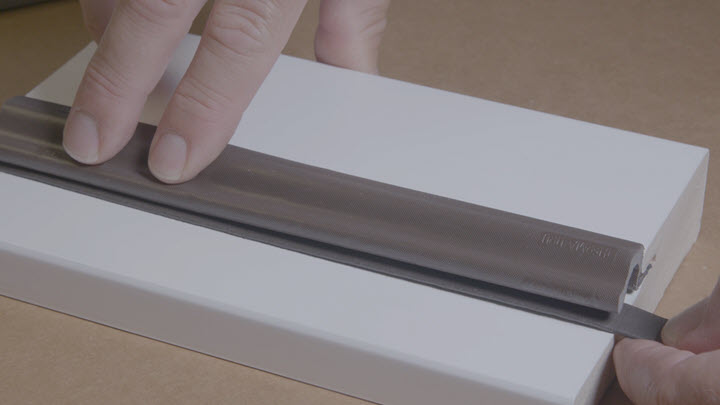
This strip cannot be applied until after the frame is finished, as it is installed behind the weatherstrip of the door unit. It is important to attach this strip to all positive pressure fire door unit to achieve the proper protection.
Commercial Fire Door Requirements
Commercial Doors
Commercial Frames
Fire Door Labels
Fire-Rated Unit

